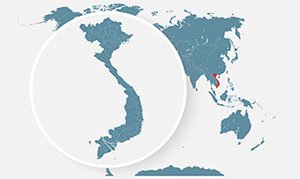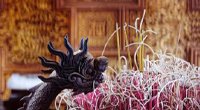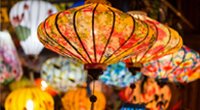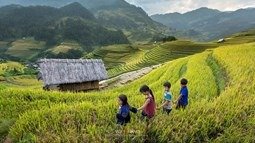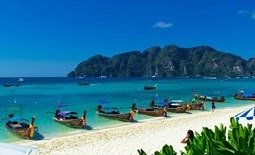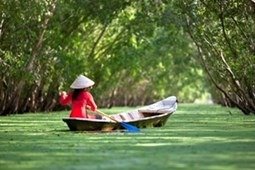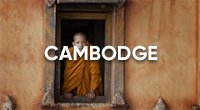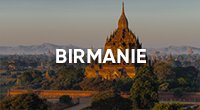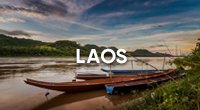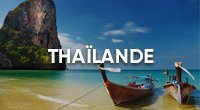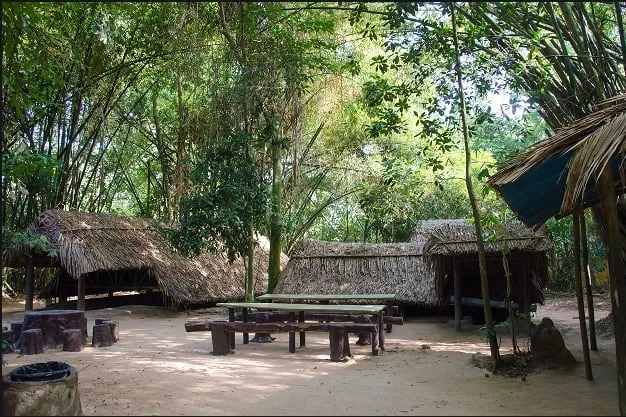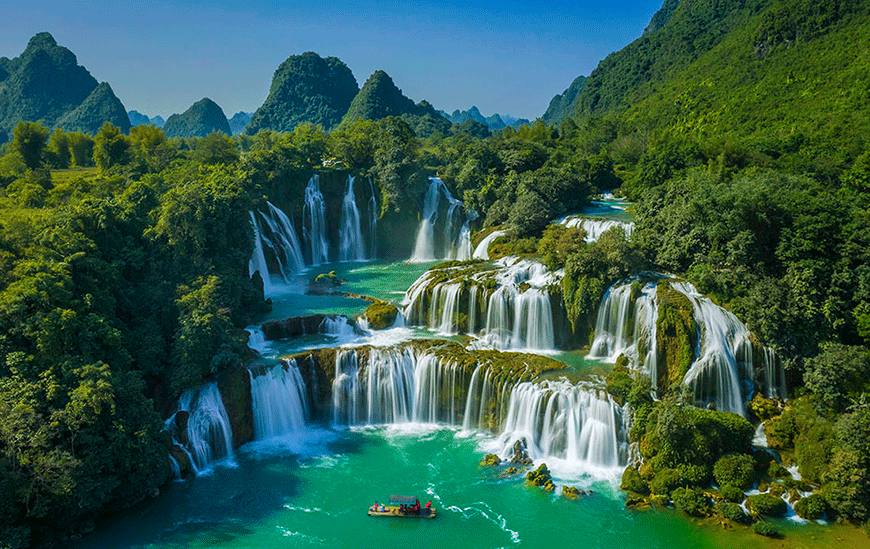Contents
ToggleOverview of Mae Hong Son
Mae Hong Son is a mountainous province in northwestern Thailand, bordering Myanmar. Its provincial capital, also named Mae Hong Son, lies about 900 km from Bangkok and is famously called the “City of Three Mists” because of the fog that blankets its valleys in the mornings.
The province is home to diverse ethnic groups, including the Shan, Karen, Lisu, and Lahu hill tribes. Burmese-style Buddhist temples reveal the strong cultural influences from across the border, while local crafts, cuisine, and traditional festivals make Mae Hong Son an ideal destination for travelers seeking authenticity and cultural depth.
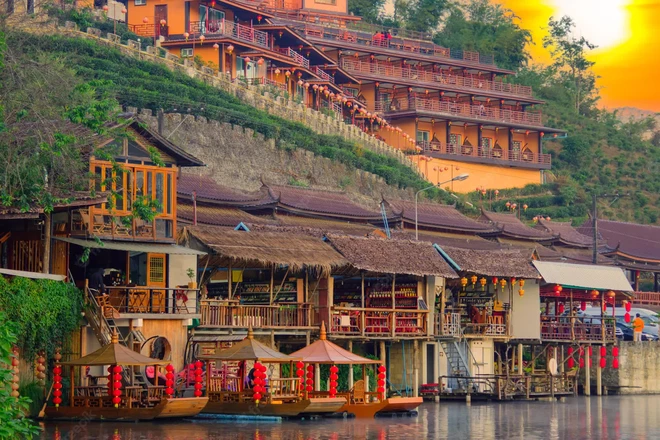
Must-See Attractions
Pai Town
A romantic small town 130 km from Chiang Mai, Pai is known for its laid-back cafés such as Coffee in Love and Love Strawberry Pai.
- Highlights include Pai Canyon, Pam Bok and Mo Paeng waterfalls, hot springs, and trekking routes.
- Camping at Pang Ung Lake is popular, especially among couples and nature lovers.
Ban Rak Thai
A scenic tea-growing village near the Thai–Myanmar border.
- Best visited in winter (October–February).
- Activities: tea tasting, cycling, trekking, horseback riding, and the Tea Tasting Festival held each February.
Wat Phra That Doi Kong Mu
Located on Kong Mu Hill, this temple offers sweeping panoramic views.
- Features Burmese-style white chedis dating back to 1860 and 1874.
Su Tong Pae Bridge
A 600-meter bamboo bridge stretching across rice fields.
- Originally built for monks’ alms rounds.
- Leads to Tong Pae Temple, admired for its wooden carvings and architecture.
Tham Lod Caves
One of Thailand’s largest caves, stretching 1,666 meters.
- Explore by bamboo raft through chambers filled with stalactites.
- Home to bat colonies and an ancient, almost prehistoric atmosphere.
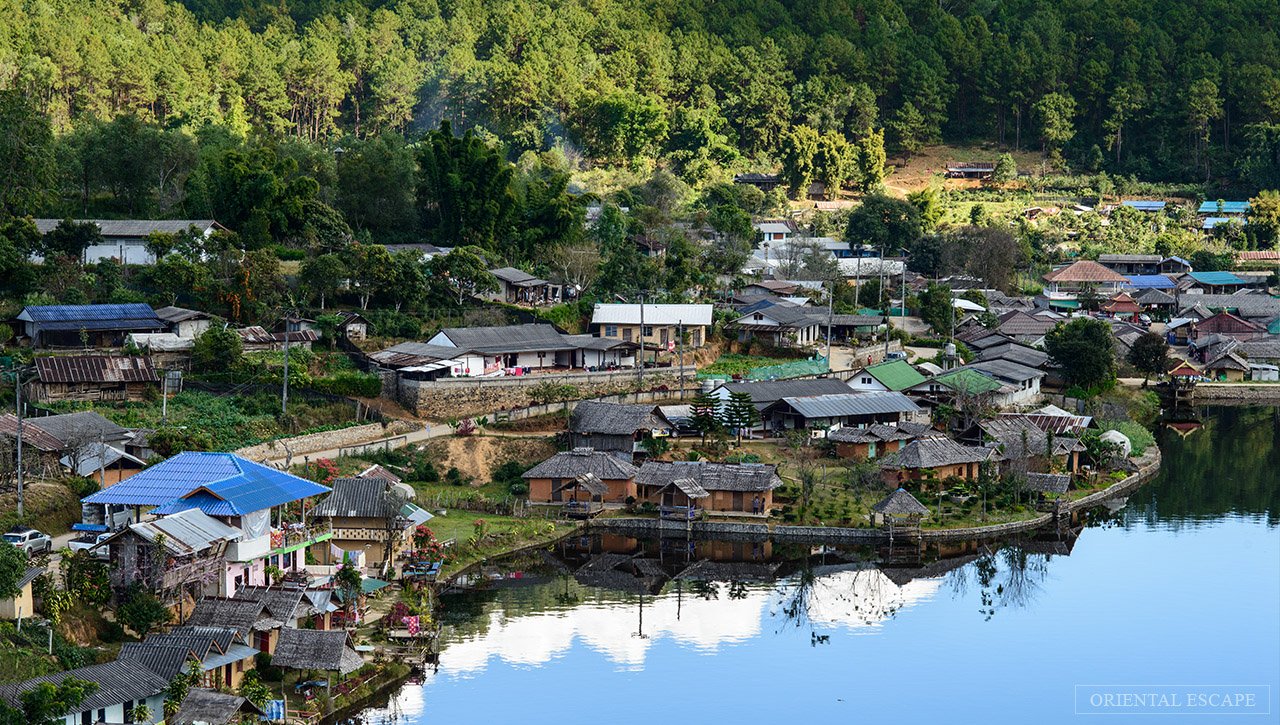
How Shan Culture is Expressed
People and Language
The Shan people originate from Myanmar and speak Shan, Thai, or Burmese. Most follow Theravada Buddhism, reflected in the temples and rituals across the province. The Poy Sang Long Festival in March—when young boys are ordained as novice monks—is the most important cultural celebration.
Handicrafts
Markets along Khunlum Phraphat Road and Singhanat Bamrung Road display Shan textiles, handmade baskets, and crafts. Traditional teak houses and villages of the Padaung “long-neck” women also provide cultural insights.
Cuisine
Mae Hong Son’s food blends Thai, Burmese, and Chinese influences. Must-try dishes include:
- Khao Soi (curried noodle soup)
- Gaeng Hinlay (Burmese-style pork curry)
- Fresh fruit salads and Shan-style curries
The Nong Kham Lake Night Market is the best place to sample local street food.
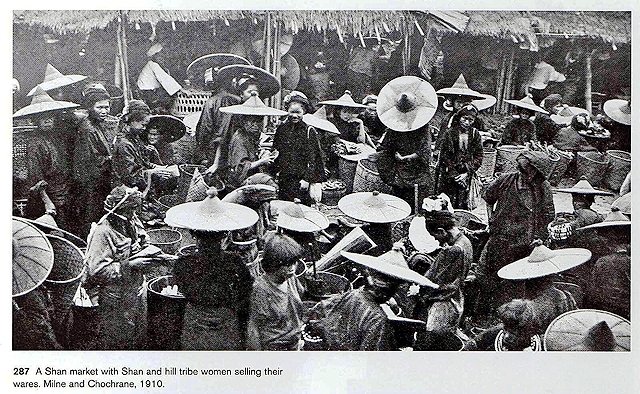
When to Visit Mae Hong Son
- Best Season: February–June, with pleasant weather and stable prices.
- Avoid Peak Season: November–February, when tourist numbers rise and accommodation costs increase.
- Temperatures range between 14°C and 38°C year-round, so pack for both warm days and cool evenings.
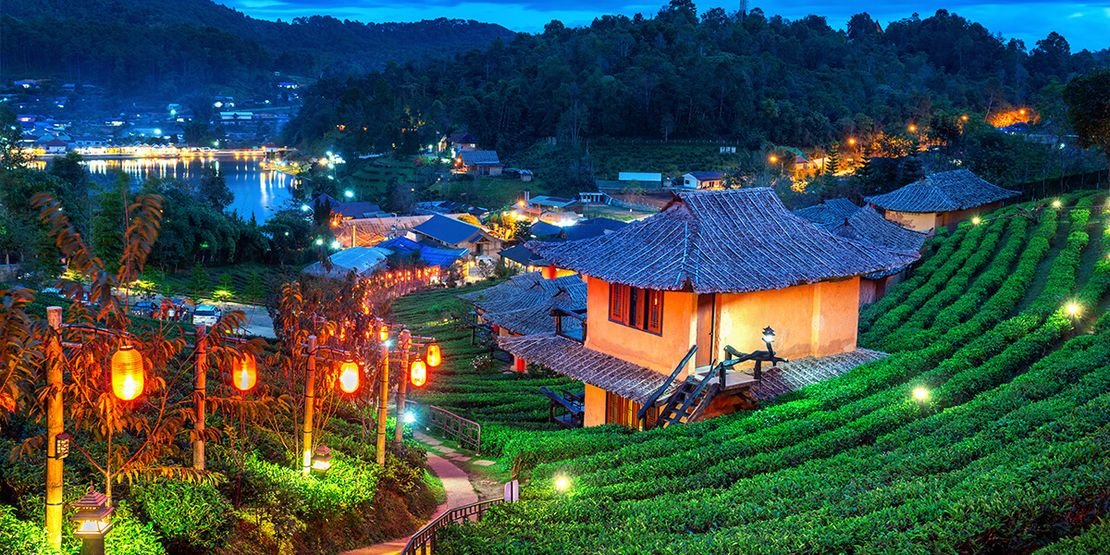
Getting Around
By Air
- Daily flights from Chiang Mai to Mae Hong Son.
- Nok Air also operates flights from Bangkok.
By Bus
- Long-distance buses take about 15 hours from Bangkok’s Mo Chit Station.
By Train
- No direct train. Travel by train to Chiang Mai, then continue by bus.
Local Transport
- Taxis: Comfortable but more expensive.
- Motorbike rental: Cheap and flexible for independent exploring.
- Car rental: Ideal for road trips, but roads are mountainous—drive carefully.
- Tours: Organized tours from Chiang Mai are convenient for those short on time.

Practical Tips
- Accommodation: Stay around the lake and town center for convenience, or choose countryside guesthouses for a peaceful atmosphere.
- Clothing: Bring warm clothes, as nights can be chilly. Always dress modestly when visiting temples.
- Protection: Sunscreen and insect repellent are essential.
- Food & Crafts: Sample Shan dishes, and don’t miss weaving, basketry, and art workshops.
- Festivals: Time your trip around cultural events such as the Lent Festival or the Fishermen’s Festival for an authentic experience.
Conclusion
From the peaceful town of Mae Hong Son to its surrounding mountains and valleys, this region is an authentic journey off the beaten path. Encounters with ethnic minorities, traditional crafts, and dramatic natural sites make every trip unforgettable.
Mae Hong Son charms with its blend of nature, culture, and timeless authenticity—a true escape from the ordinary. 🌿✨

